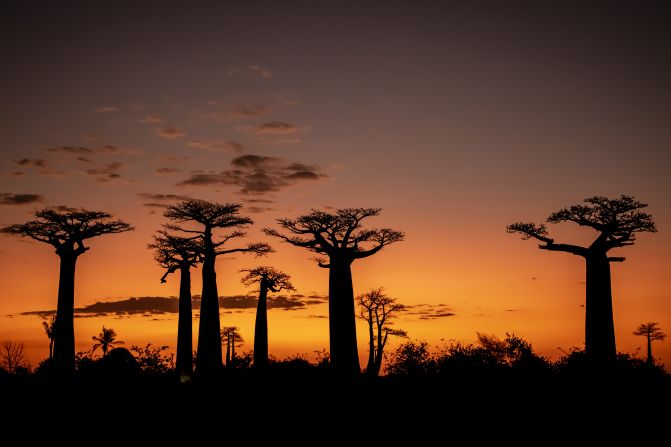
Mighty baobabs silhouetted against a sunset at Baobab Alley in Morondava, Madagascar. The iconic trees are far from the only stunning native species to call the world’s fourth largest island home. Scroll through the gallery to discover more…
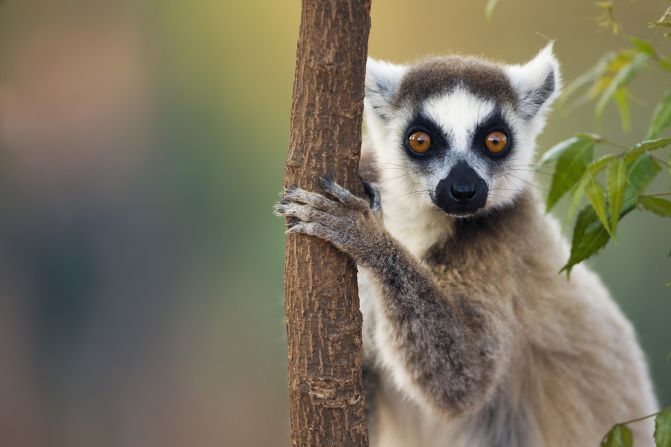
The ring-tailed lemur is perhaps Madagascar’s best-known endemic species. The distinctive rings aren’t the only way these creatures stand out: scientists have discovered males release a fruity and floral pheromone from their wrists during mating season. The mammal is categorized as endangered by the IUCN Red List of Threatened Species. Madagascar is home to 107 lemur species, with 103 threatened with extinction and 33 species critically endangered, per a 2020 assessment.
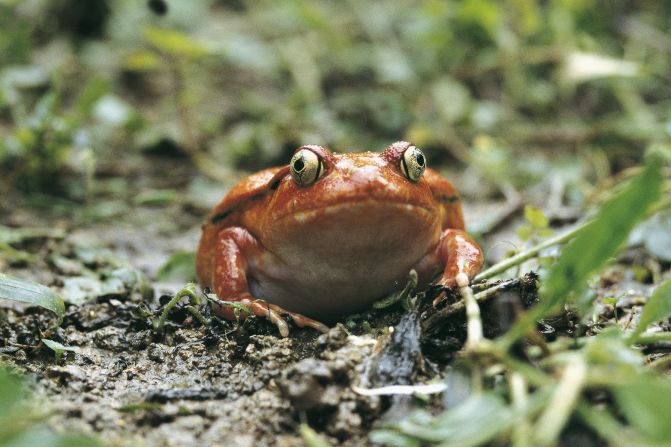
Tomato frogs are so called because of their round shape and distinctive warm colors. Females are usually slightly bigger, and bright red or orange, and males yellow or orange. Unlike tomatoes, these rainforest-dwellers are far from tasty: the frogs secrete a toxic liquid from their skin, and can also inflate themselves, to put off potential predators.
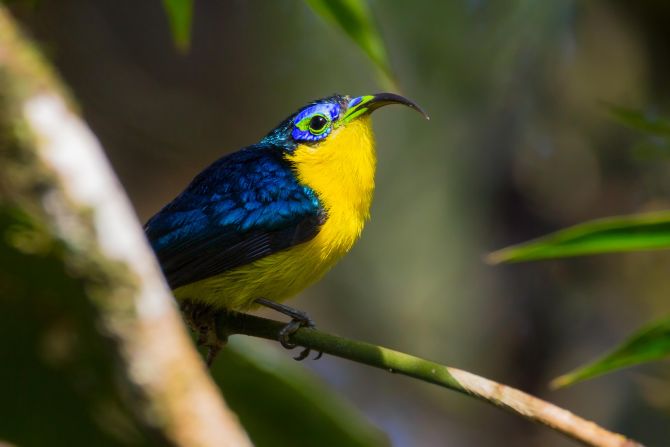
The yellow-bellied sunbird-asity is found at altitude in shrubland and forests in the east and north of Madagascar. The small bird has a distinctive curved bill to feed on nectar, and males are usually more brightly colored than females.
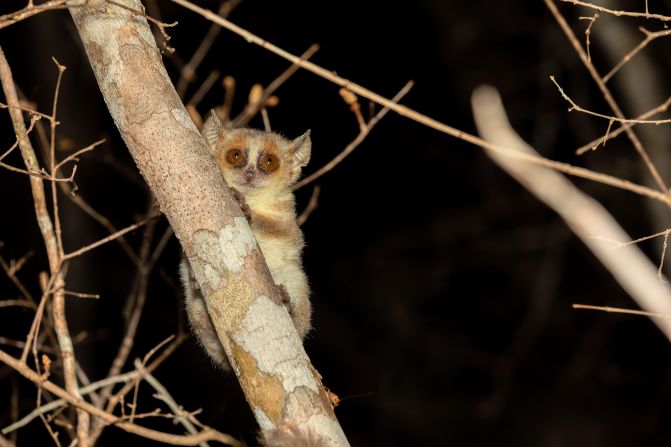
Madame Berthe’s mouse lemur is the world’s smallest primate, weighing approximately one ounce (35 grams) and measuring around 3.5 inches long. It’s a critically endangered species according to the IUCN, living in pockets of dry forest in west Madagascar threatened by slash and burn farming and tree felling. The mouse lemur’s population was estimated to be no more than 8,000 adults in 2005, and numbers are decreasing. Unless deforestation is curbed, the IUCN believes it could be “lost before 2030.”
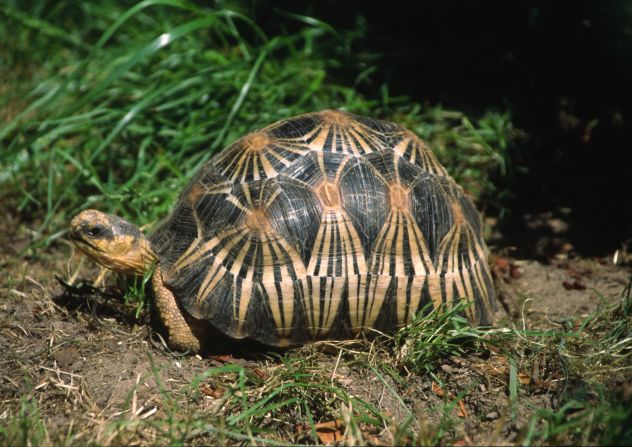
The critically endangered radiated tortoise lives at the southern tip of Madagascar, grazing on prickly pears. They can weigh up to 35 pounds (16 kilograms) and live up to 50 years. Even by tortoise standards it has a beautiful shell, with a distinctive geometric pattern featuring radiated yellow lines, which gives it its name. It has nerves in its shell, so it can feel when it’s touched.
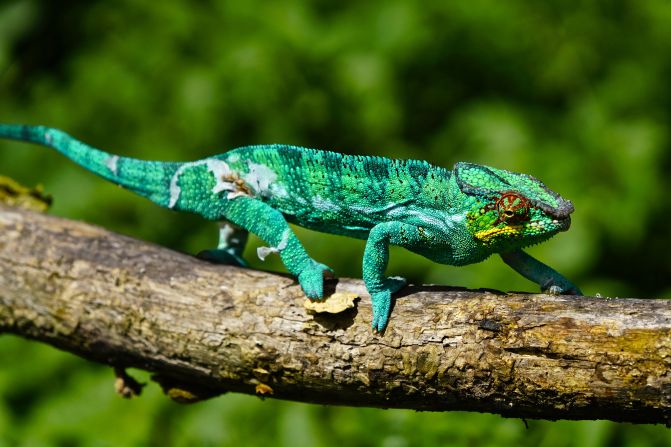
The panther chameleon is a master of disguise that calls the north and east of the island its home. More chameleon species live in Madagascar than anywhere in the world, but deforestation and the illegal pet trade is impacting the panther chameleon population.
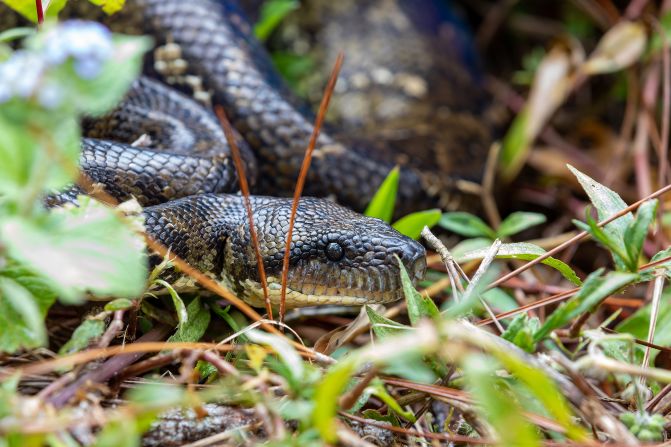
Malagasy tree boas can grow up to 2.3 meters (7.5 feet) and are ovoviviparous, meaning females grow eggs inside their bodies and produce young that are born fully formed. They live off a diet of rodents and birds and hunt at night, using heat-detecting sensors around their mouth to find their prey.
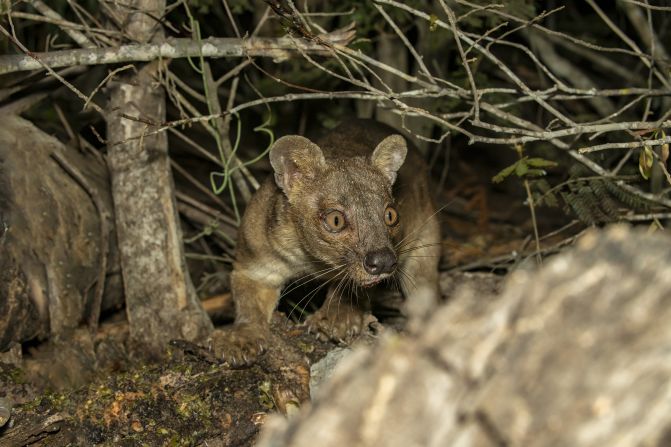
The fossa is the largest carnivorous mammal stalking the forests of Madagascar, growing six feet from nose to tail. A strong climber, this apex predator has lethal claws and teeth capable of taking down lemurs and other prey. Known for their unusual and lengthy mating ritual, the fossa was once categorized as a member of the cat family, but today it is classified as a member of Eupleridae, a family of carnivores specifically from Madagascar.
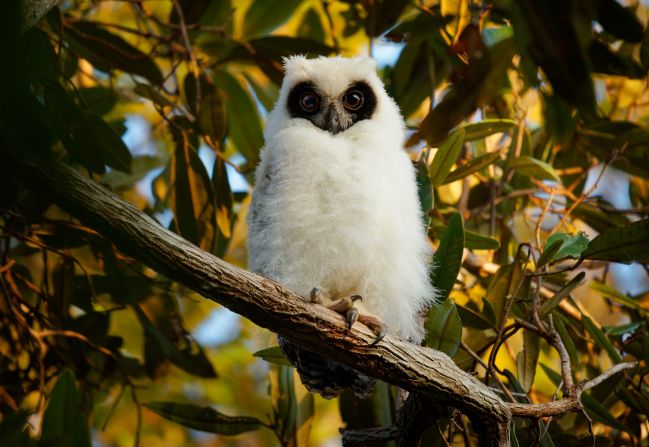
The young Madagascar owl (pictured) has a distinctive white down with black eyes. When it reaches adulthood, it has a brown plumage with darker streaks and long tufted ears, surviving on a diet of small lemurs, rodents, frogs, bats, lizards and insects.
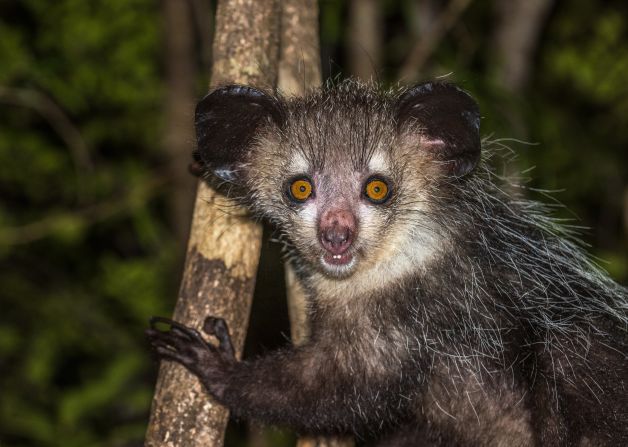
The aye-aye is a relic of a group of primates all but gone from Earth. Fossils of members of the Daubentoniidae family have been found in Egypt and Kenya, but the Madagascan aye-aye is the only species still alive. To some, it is considered an omen of bad luck, which has unfortunately led to them being killed by humans in the past. The aye-aye lives in the rainforest and has a distinct long, slender third finger on its hands. It takes said finger and taps on trees, listening for insect larvae inside, then uses it to extract them.
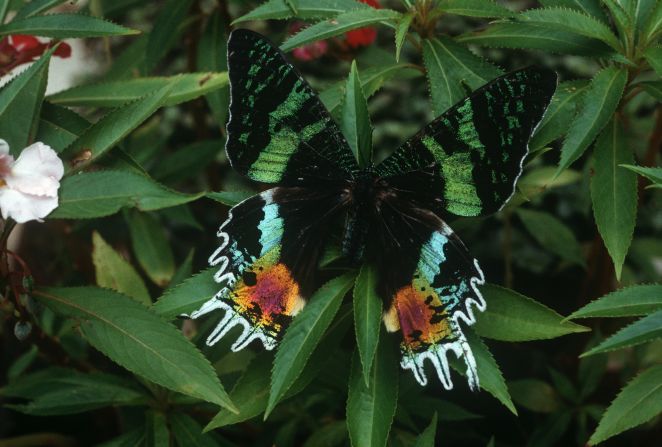
Sunset moths are day moths renowned for their vivid iridescent colors. Once mistaken for a butterfly, it has been prized by collectors for centuries. Its main food is a type of euphorbia plant dispersed by lemurs – an example, says the IUCN, of how protecting one animal can have a positive effect on others.
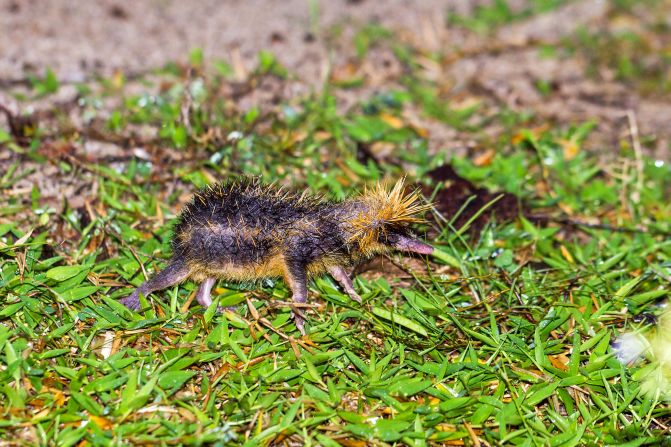
The lowland streaked tenrec is part of a group of mammals endemic to Madagascar. Floor-dwelling tenrecs are often preyed upon by fossas and other animals, but this species makes it hard work for predators. It will raise its long spines and jump at predators in attempt to scare them off, giving them a reputation as angry little critters. The same spines on its lower back can also rub together to create a high-pitched buzzing sound, which biologists think they use to communicate with their young.
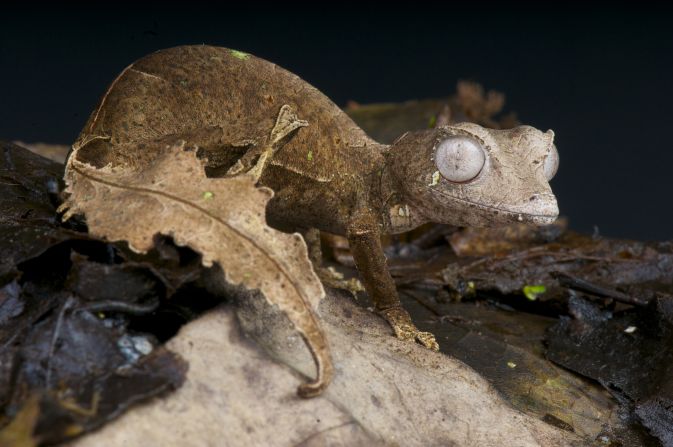
The Satanic leaf-tailed gecko, owner of a wonderfully self-explanatory name, lives in the highland rainforests of Madagascar. It uses its tail as camouflage to avoid snakes and birds, but that’s not its only treelike feature: it also has twig-shaped limbs, and skin colors resembling mottled leaves and lichen.


